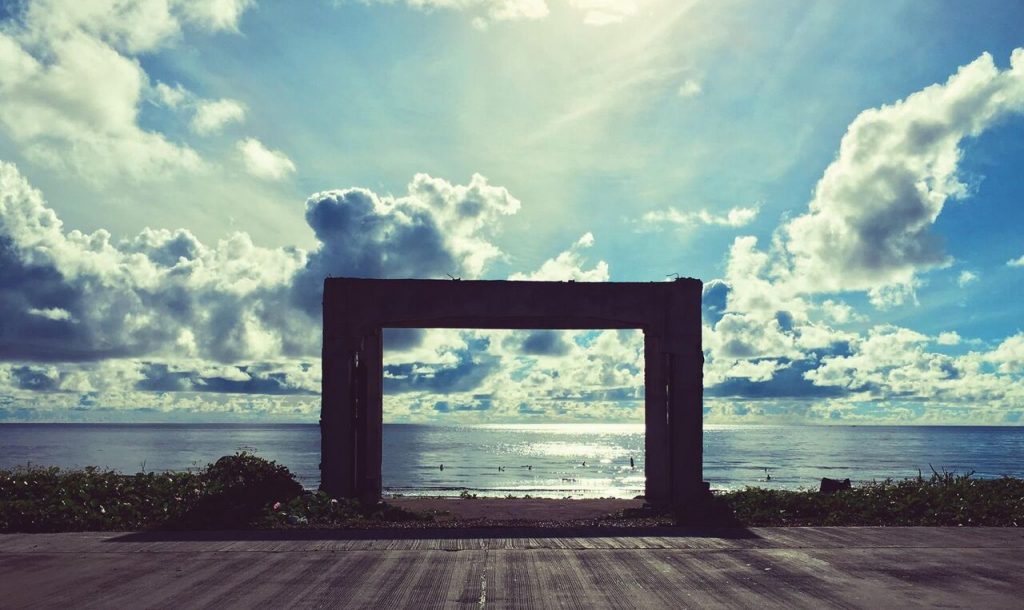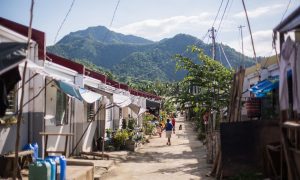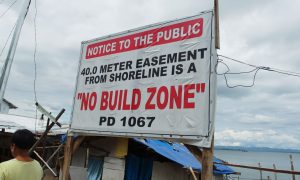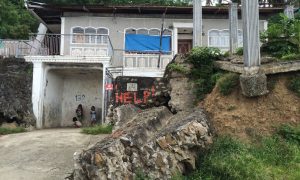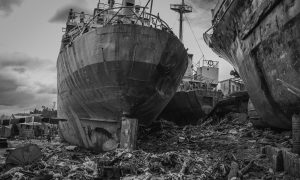Relocation does not necessarily mean resilience. And there are sensible and just alternatives to the current practices about relocation.
After Haiyan, a line was drawn to mark a zone that was 40 metres away from the shoreline. Then, residents of coastal villages within such zone were told to relocate away from the shoreline to avoid future storm surges and floods.
But they were merely relocated to other landslide- and flood-prone places where there is a lack of water, power, healthcare, education, and livelihood opportunities.
Behind the drawing of such lines was a social algorithm. It was the way leaders and communities perceive, decide, and react to complex issues like disasters. It is based on traditional thinking. That thinking is obsessed with merely avoiding hazards and reducing impacts. But it does not account for the wider social, environmental, economic, and political consequences of eviction.
And it usually has an extended militaristic approach. It is about a style of leadership where commanding, controlling, strict zoning, and master planning is preferred even when the crisis has passed and the problems have become more complicated.
Master planning or planning for the masters?
Imagine all the time, energy, and cost that were spent to convince residents, acquire property, parcel the landscape, and pay contractors. And imagine the waterless, powerless, jobless settlements in hazardous locations. But at first the people were told to relocate because there were hazards in the coastal areas. Was it worth it? Whose resilience was secured?
I claim that both the present way of deciding for and doing relocation and the leadership style behind it does not solve the root problems of why people choose to live and work in dangerous places. I learned this while working not just for, but with, communities in Eastern Samar. And I learned these lessons while living with them for more than a year. Relocation practices in the Philippines usually make the life of people more difficult, especially for the children.
That is why it must change. There are alternatives such as mapping, planning, and designing with both nature and people. It means thinking beyond engineering approaches that fight water, e.g. seawalls and dikes, to those that work with natural processes, e.g. wetlands and natural buffers.
And it means more than just making plans for people and assuming what is the best for them. It requires giving people access to plans; helping people understand plans; and most of all helping people make and remake the plans.
 Facebook
Facebook  Twitter
Twitter  Soundcloud
Soundcloud  Youtube
Youtube  Rss
Rss 